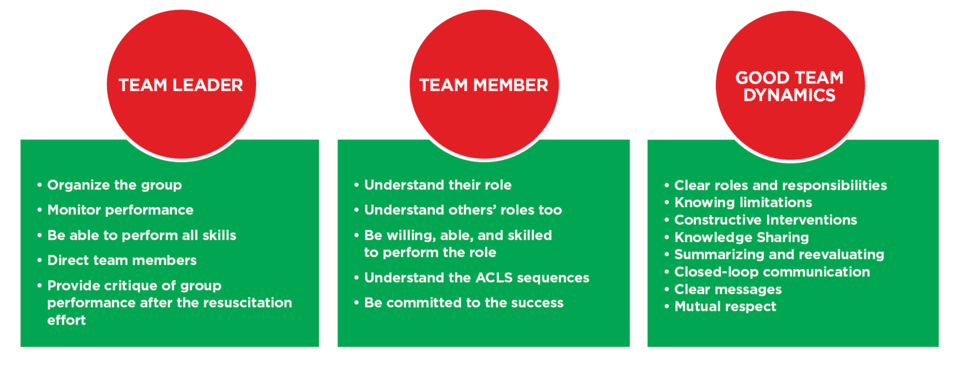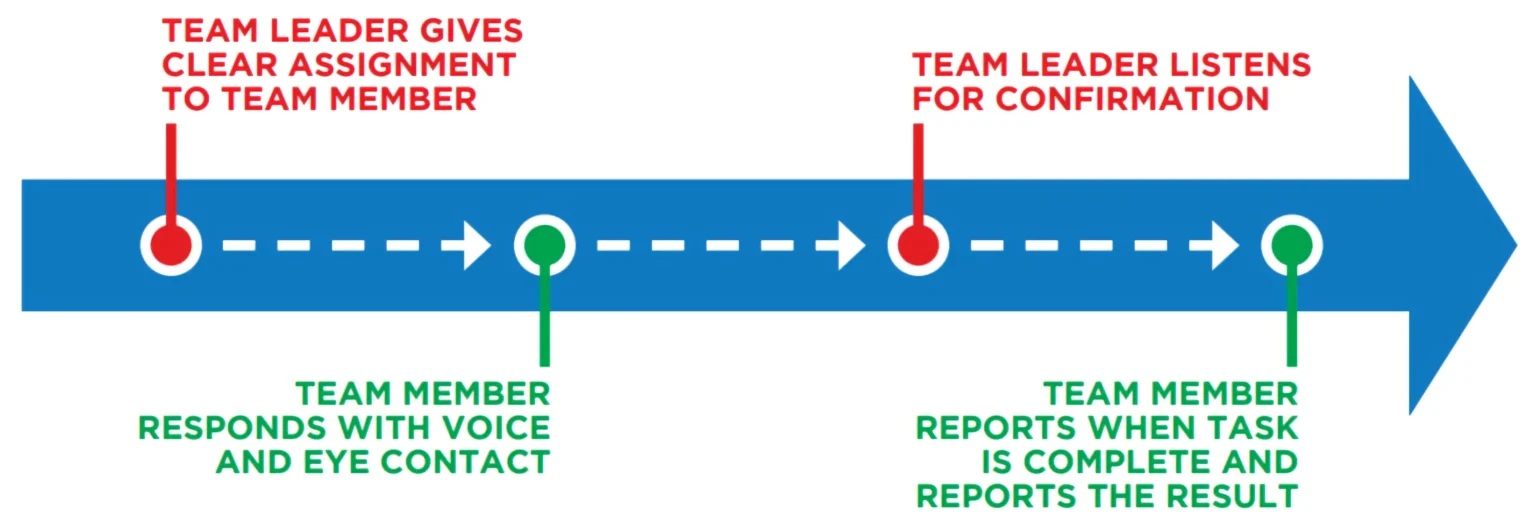Your cart is currently empty!
The ILCOR guidelines for ACLS highlight the importance of effective team dynamics during resuscitation. In the community (outside a health care facility), the first rescuer on the scene may be performing CPR alone. However, a Code Blue in a hospital may bring dozens of responders/providers to a patient’s room. It is important to quickly and efficiently organize team members to effectively participate in ACLS. The ILCOR suggests a team structure with each provider assuming a specific role during the resuscitation; this consists of a team leader and several team members (Table 3).

Clear communication between team leaders and team members is essential.
It is important to know your own clinical limitations. Resuscitation is the time for implementing acquired skills, not trying new ones. Only take on tasks you can perform successfully. Clearly state when you need help and call for help early in the care of the individual. Resuscitation demands mutual respect, knowledge sharing, constructive criticism, and follow-up discussion (debriefing) after the event.
